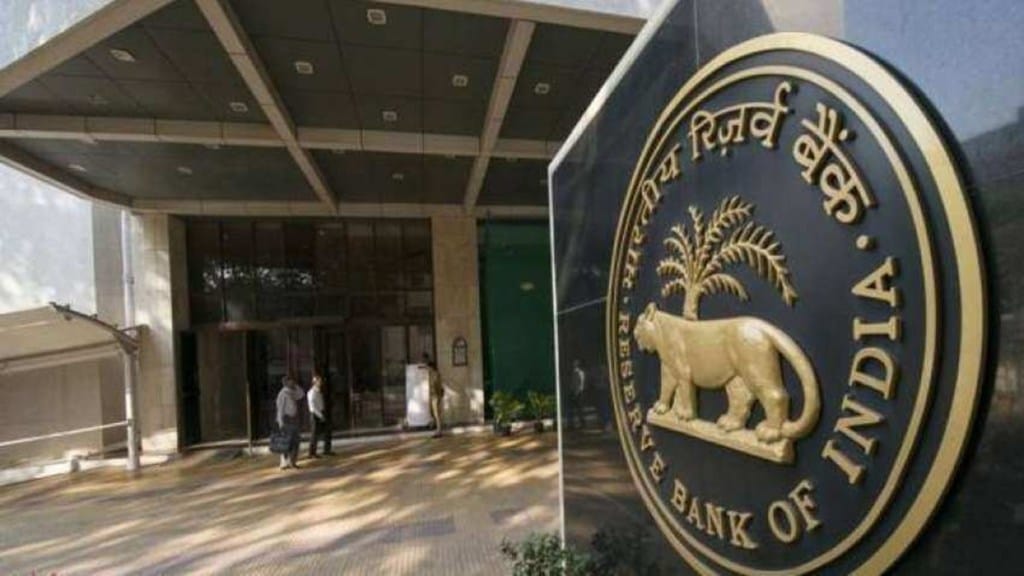The markets have pencilled in a repo rate cut of 25 basis points. It will be interesting to see whether the Reserve Bank of India now tweaks its inflation and growth forecasts for FY26. We explain what the central bank’s probable action on rates & liquidity measures could mean for individuals & the economy
What will a cut of 25 bps in the repo rate mean?
It is widely expected that the Reserve Bank of India’s (RBI) Monetary Policy Committee (MPC) will vote to cut the repo rate by 25 basis points (bps) to 5.75%, on the back of two consecutive rate cuts of 25 bps each in February and April.
A repo rate cut impacts the interest rate on loans linked to an EBLR—external benchmark related rate. Such loans will immediately be re-priced. In other words, borrowers who have taken home loans or car loans or small business units will pay a lower interest rate. Approximately 55-60% of the loans in the system are linked to the EBLR so the bulk of customers stand to gain if there is a cut. Over time, as interest rates in the system trend down, and deposit rates fall, banks will also lower the cost of MCLR—marginal cost of funds based lending rate—loans. This will help other borrowers such as bigger companies.
Will the RBI change its inflation and growth forecasts?
The RBI is likely retain its FY26 GDP estimate at 6.5% and say the risks are evenly balanced. India’s GDP growth has surprised on the upside with the economy growing a stunning 9.2% in FY24 and at an unexpected 7.4% in Q4FY25, which lifted the growth in FY25 to 6.5%. While headline retail inflation is expected to average 3-3.5% in the current year, the RBI may choose to leave its forecast unchanged at 4%. It would be circumspect in view of the uncertainty in the global economy and potential supply-side shocks. In particular, food prices which have been relatively benign may spike due to poor dispersal of the monsoon, floods or other factors. Already, production of vegetables has been hit by the unexpected early rains and prices of onions, for instance, are expected to rise. Also, on a low base, inflation is expected to go up in FY27.
What is the RBI expected to say on liquidity?
Having changed the stance to “accommodative” in April, the RBI is expected to reassure banks and markets that liquidity will remain ample. It has infused liquidity to the tune of Rs 5.2 lakh crore since Q4FY25, mostly via Open Market Operations (OMO). This trend of using mainly OMOs is likely to continue. The liquidity surplus in the banking system has risen to `1.7 lakh crore or around 0.7% of net demand and time liabilities (NDTL) in May 2025 and is expected to touch `5 lakh crore or about 2% of NDTL by August, pushed up by government expenditure. Cash surpluses with the government were up at a high `4.4 lakh crore as of May 23, 2025, thanks to the generous dividend of `2.7 lakh crore that it received from the RBI. The full impact of the pick-up in government expenditure, on system liquidity, is expected to be seen by August.
What makes liquidity important?
For speedy and efficient transmission of the policy rate cuts to system rates, especially interest rates on loans, the liquidity in the system needs to be ample. Experts have pointed out that post the 50 bps rate cut, the lending rate gap, on fresh rupee loans, has been limited to 6 bps compared with 26 bps for fresh term deposits, indicating the faster cuts in deposit rates by banks in comparison to loans.
In fact, banks have cut interest rates on savings accounts. To ensure there is adequate transmission to loan rates, the central bank wants to make sure there is enough liquidity. The transmission at the shorter end of the yield curve has already taken place; for instance the weighted average call rate is closer to 5.75%.
Also, experts believe that credit growth, which has slowed down, should get a fillip with enhanced liquidity in the system.
How much lower can interest rates fall?
Experts opine that the monetary policy committee might be inclined to peg the terminal rate at 5%; in other words, the repo rate could be cut to 5%. The first reason is that retail inflation is expected to stay in check, and below 4%. Apart from food prices remaining benign on the back of a promising monsoon, strong winter crop harvest, the continued deceleration in the price inflation of pulses due to higher supply is also expected to help. Also, a negative output gap, lower manufacturing input costs and moderating wage growth are likely to keep core inflation capped.
On the other hand, economists opine that while the economy has grown at a brisk pace in the last two years, the global uncertainty and the possible disruption due to the US tariff impositions can upset India’s exports. As such growth could undershoot the RBI’s forecast of 6.5% and, therefore, the central bank is expected to ensure the cost of money stays affordable.
